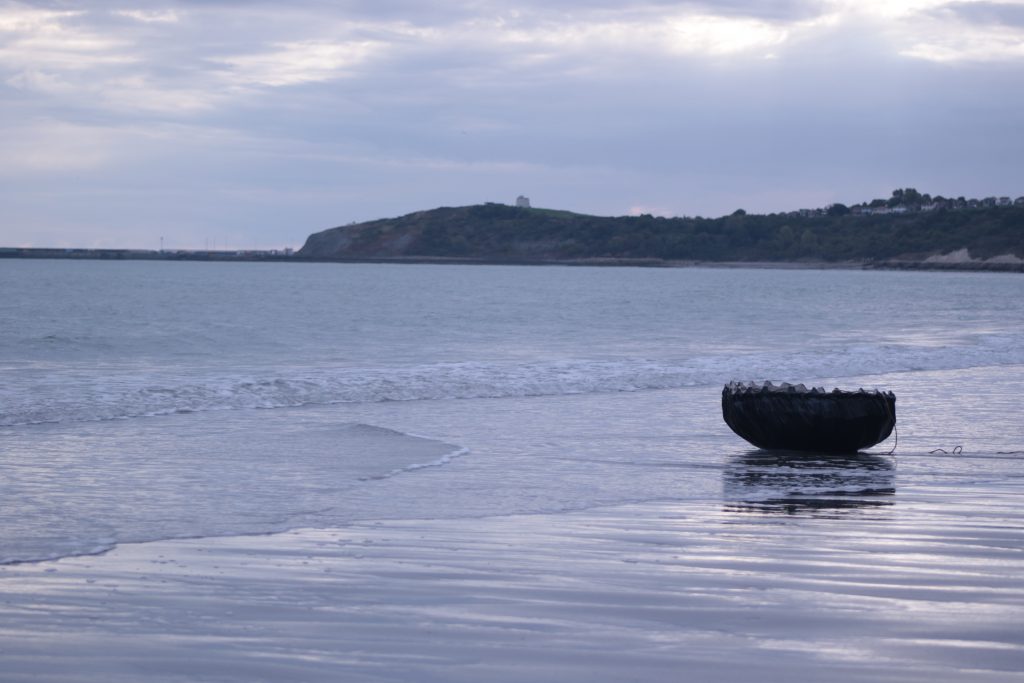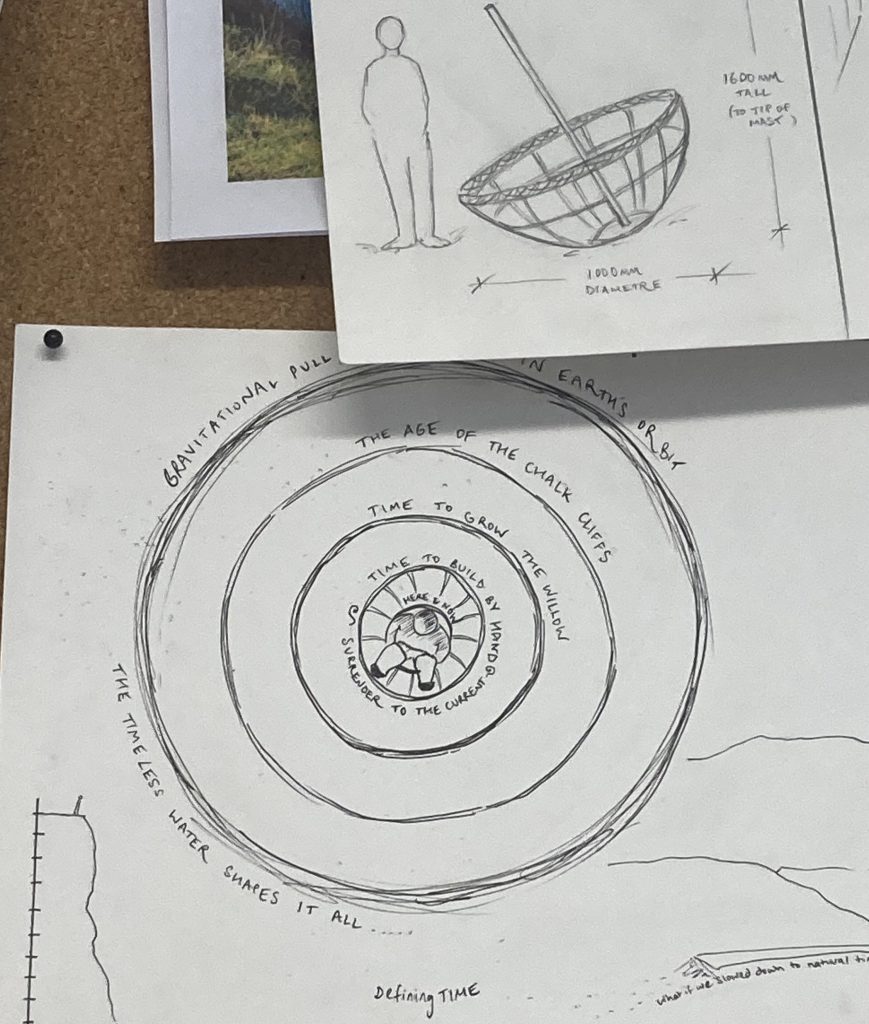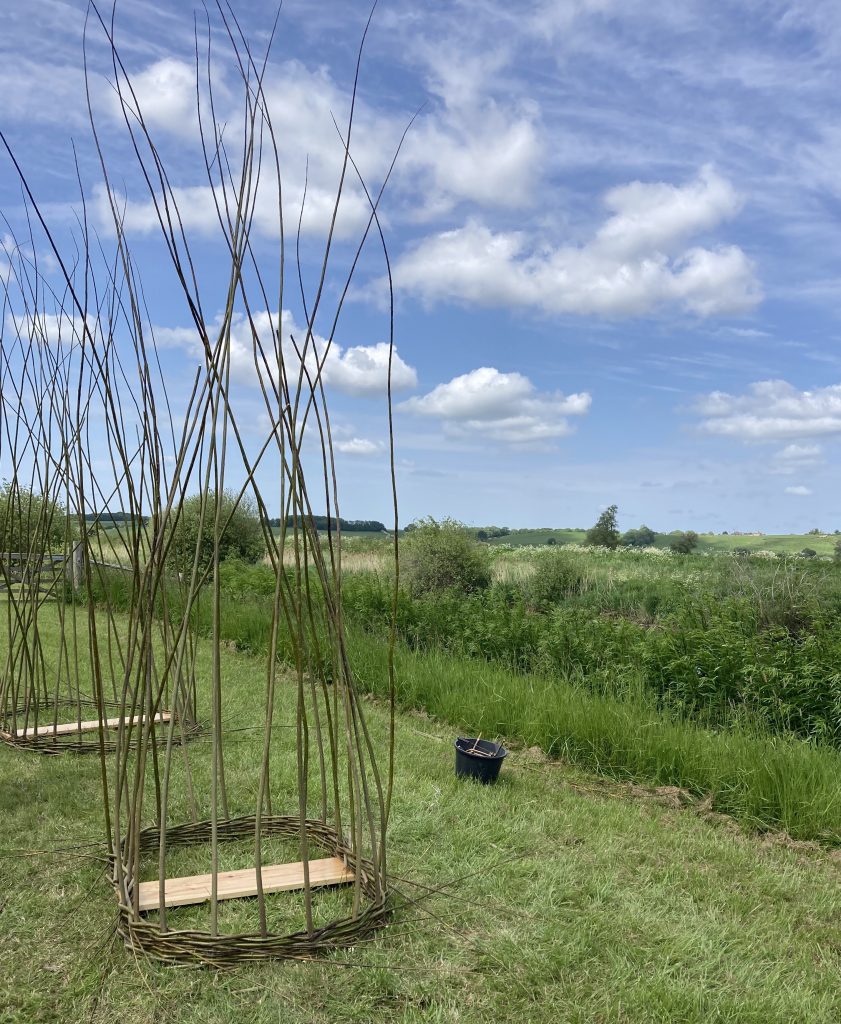Coracles
Local & International (ongoing)
An ongoing exploration into sustainable materials and coracles as an offering to audiences in landscape

I’ve been fascinated by coracles for years and I think they are the perfect metaphor for a sustainable and creative way of living, I’m interested in them as a vehicle for an audience experience that allows one person at a time access to a space and a moment in which to be alone in the vastness of an epic landscape, to consider their place in it all, building on my explorations with Raft and Chalk Coracle.
Coracles are a truly sustainable and indigenous craft – found in many countries around the world they are used for fishing and transportation, and are made from locally sourced materials and with local techniques. Historically they are associated with spiritual pilgrimage – Irish monks travelled thousands of miles across the ocean in curraghs, a similar structure. Their design varies in each place to meet the particular demands of the watercourse the boat will be used on and the material they are made from. Their use dates back around 5000 years, possibly more- since the materials they are made from are fully biodegradable earlier models will have returned to the soil by now so we may never know how far their usage stretches back. Welsh coracles (Cwrwg or Cwrgwl) are typically made from willow, ash or hazel, with an animal hide cover, and are used on rivers for fishing and crossing. Irish curraghs are designed for sea-faring and have sailed as far as from Ireland to Newfoundland. In Iran, giant coracles (quffa) ferried goods and groups of people, and in Vietnam and India coracles are still used for transport, fishing, and river crossings. The little boats are notoriously difficult to control, and skill is needed to navigate through the waters, with the craft always at the mercy of where the current and tide wish to take it.
Modern versions use a calico cover with a coating of bitumen for waterproofing, and I’m researching whether a seaweed based material might work as a waterproof coating instead of using extracted fossil fuel.
I am interested in the situation of the human in a craft that is beyond their control, surrendering to the whims of the tides and currents, and in the nest-like shape of these rod-made boats of natural materials.
My most recent coracle build uses local willow, and experiments with lime bast lashing, an elm bark mat, and a hemp cover. More images to follow!



